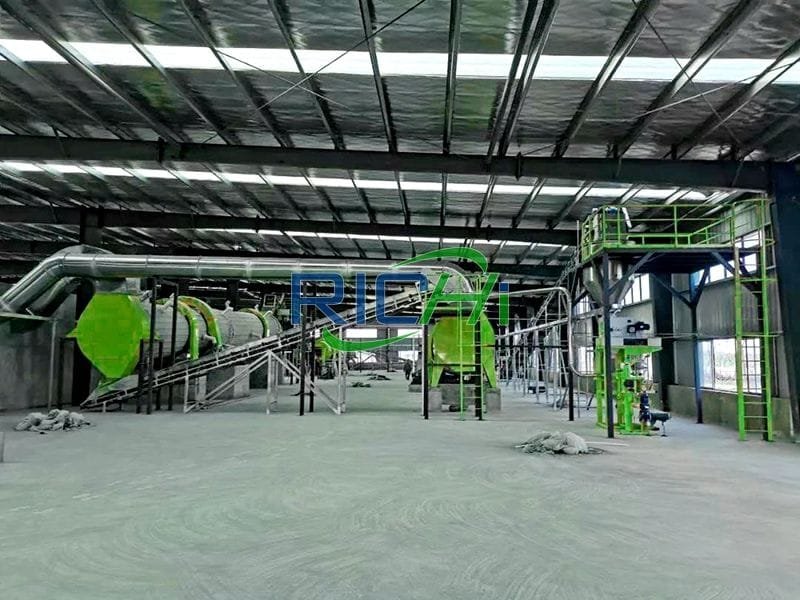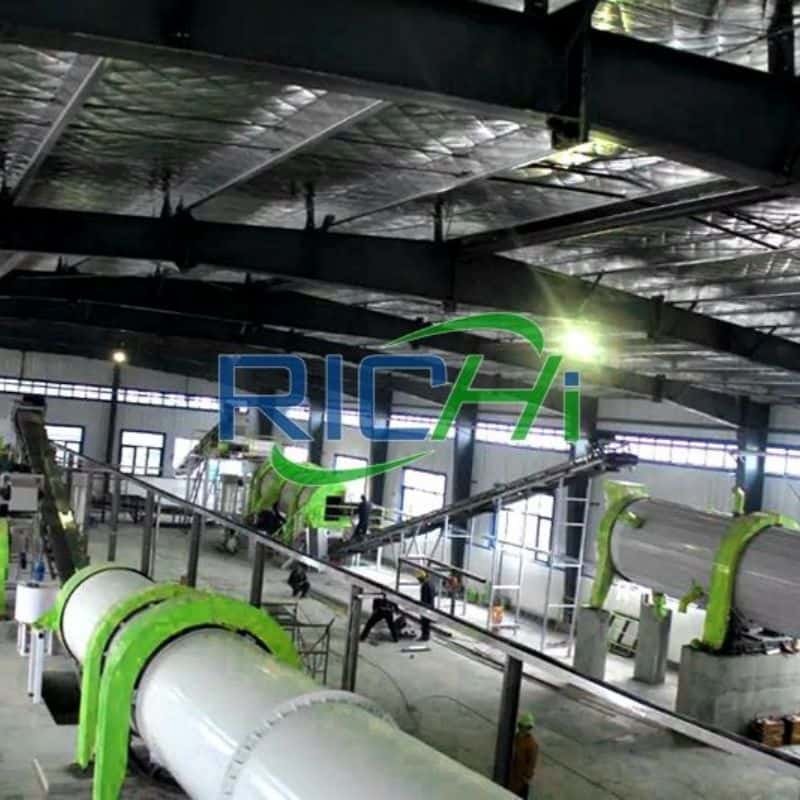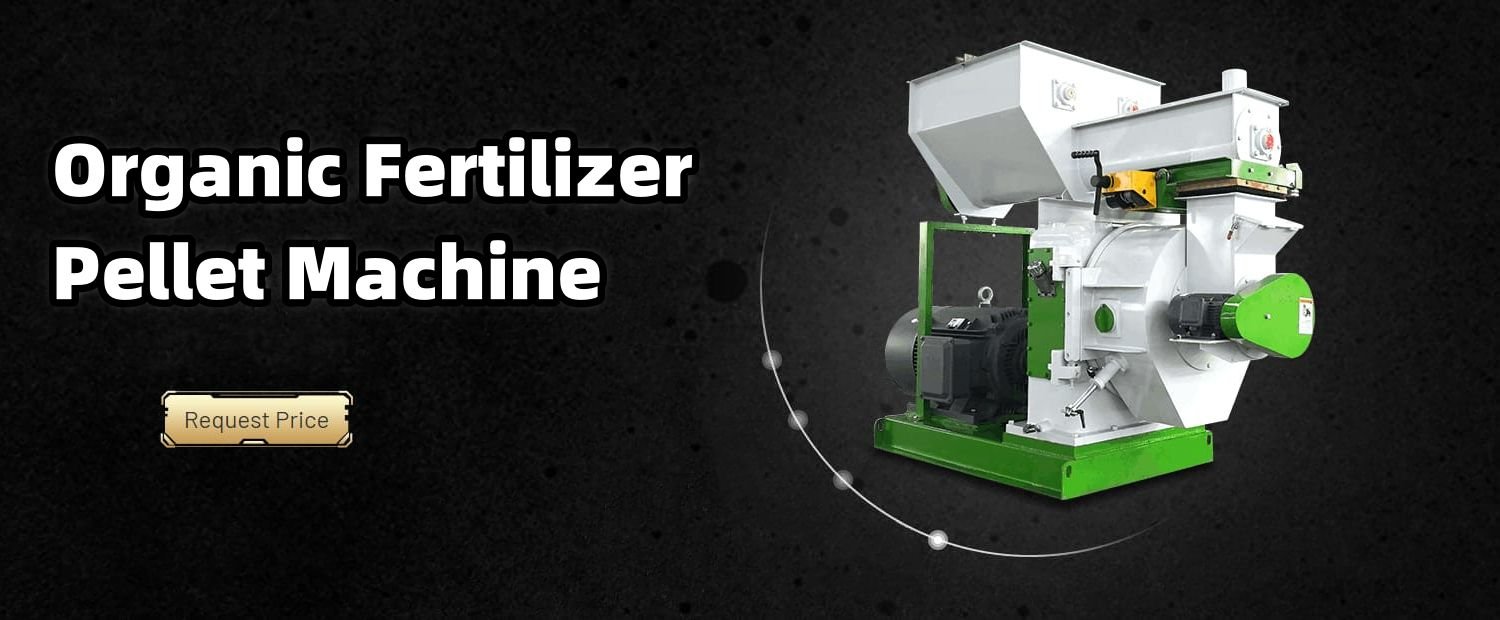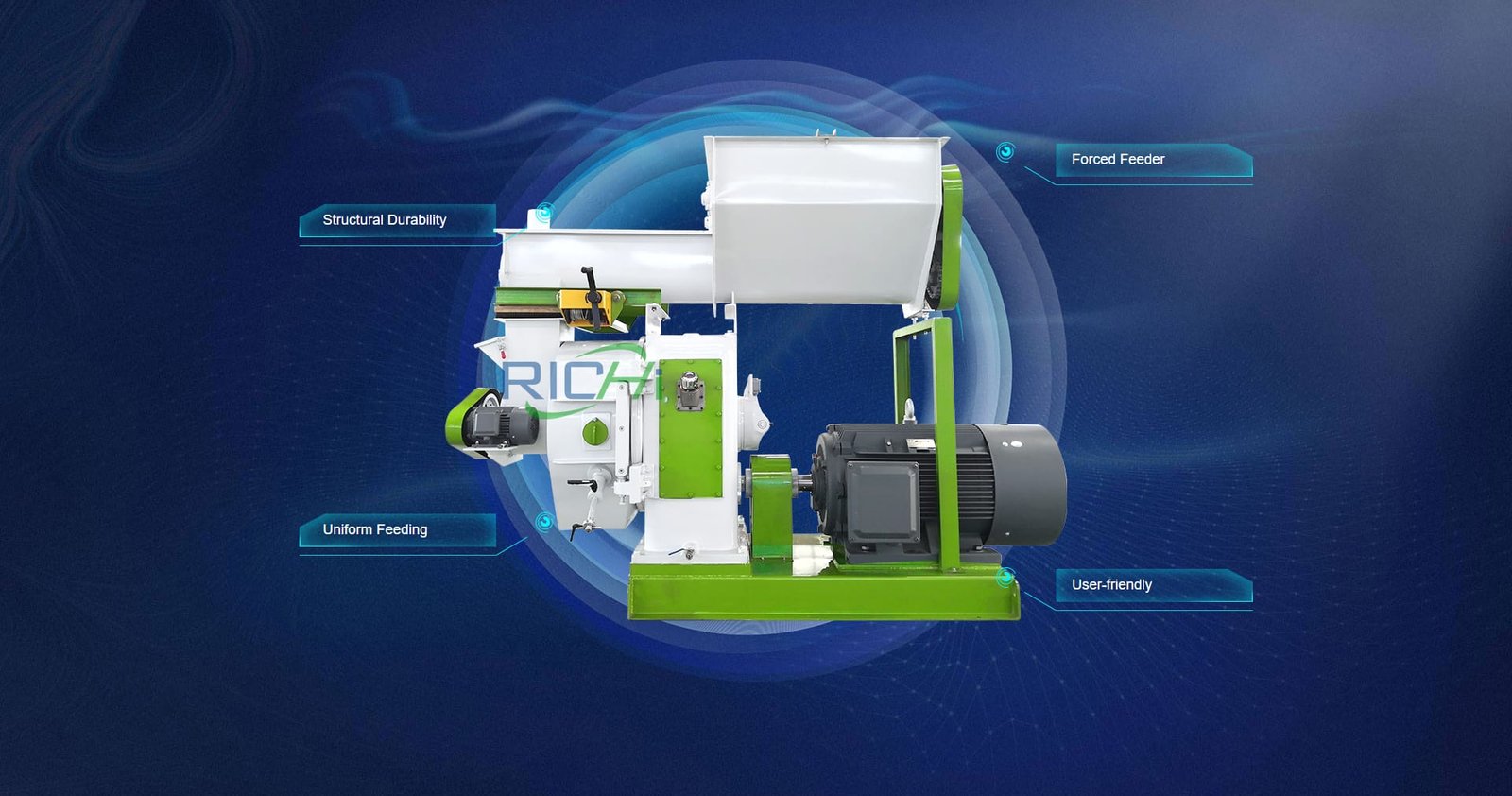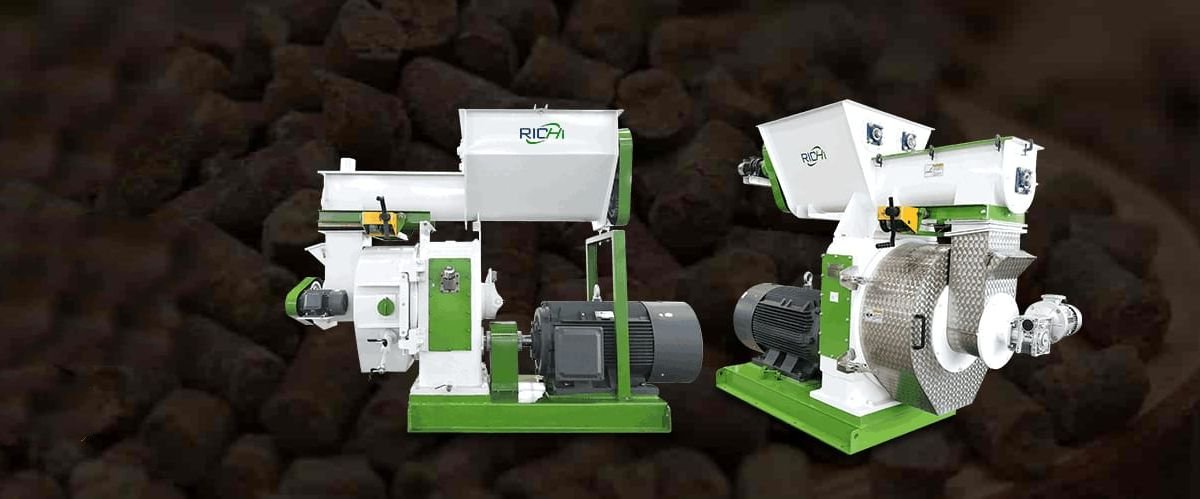Organic fertilizer pellet machines play a crucial role in modern agriculture, converting raw organic materials into uniform, easy-to-use pellets. Understanding the key performance parameters of these machines is essential for manufacturers, farmers, and agricultural businesses to ensure efficient and high-quality pellet production. This article explores the main performance parameters that define the capabilities and effectiveness of organic fertilizer pellet machines.
- Production Capacity
Production capacity is one of the most critical parameters of an organic fertilizer pellet machine:
- Measured in tons per hour (t/h) or kilograms per hour (kg/h)
- Varies widely depending on machine size and design
- Typically ranges from 50 kg/h for small-scale machines to over 10 t/h for industrial-scale equipment
The production capacity directly impacts the machine’s suitability for different scales of operation, from small farms to large industrial facilities.
- Pellet Size and Uniformity
The ability to produce consistent pellet sizes is crucial for quality control:
- Pellet diameter: Usually ranges from 2mm to 10mm, with 4-6mm being common for agricultural use
- Length-to-diameter ratio: Typically 2:1 to 5:1
- Size uniformity: Measured as the percentage of pellets within a specified size range
Consistent pellet size ensures uniform nutrient distribution and ease of application in the field.
- Moisture Content Control
Proper moisture content is essential for pellet formation and quality:
- Optimal moisture content: Usually between 13-18% for most organic materials
- Moisture adjustment capability: Ability to add water or dry the material as needed
- Moisture consistency: Measured as the variation in moisture content across a batch of pellets
Effective moisture control contributes to pellet durability and storage stability.
- Pellet Durability Index (PDI)
PDI measures the pellet’s ability to withstand handling without breaking:
- Typically expressed as a percentage
- Higher PDI indicates more durable pellets
- Standard testing methods involve tumbling pellets and measuring the percentage that remain intact
Durable pellets are essential for reducing dust, maintaining pellet integrity during transport, and ensuring even distribution during application.
- Energy Efficiency
Energy consumption is a significant factor in operational costs:
- Measured in kilowatt-hours per ton (kWh/t) of pellets produced
- Varies based on machine design, raw material properties, and production scale
- Modern machines typically aim for energy consumption below 50 kWh/t
Energy-efficient machines reduce operational costs and environmental impact.
- Raw Material Flexibility
The ability to process various organic materials is valuable for versatility:
- Range of materials: Capability to handle different types of organic waste, manure, and plant residues
- Particle size tolerance: Ability to process materials of varying initial sizes
- Mixing capability: Effectiveness in blending different raw materials for custom fertilizer formulations
Flexibility in raw material processing allows for adaptation to seasonal variations and diverse input sources.
- Throughput Consistency
Maintaining consistent throughput is crucial for continuous operation:
- Measured as the variation in production rate over time
- Affected by factors such as raw material consistency and machine design
- Typically expressed as a percentage deviation from the rated capacity
Consistent throughput ensures stable production and helps in planning and scheduling.
- Temperature Control
Proper temperature management during pelletization is essential:
- Die temperature: Usually monitored and controlled within a specific range (e.g., 60-90°C)
- Cooling efficiency: Ability to cool pellets to near-ambient temperature for storage
- Temperature uniformity: Consistency of temperature across the pelletization process
Effective temperature control impacts pellet quality, durability, and nutrient preservation.
- Compression Ratio
The compression ratio affects pellet density and durability:
- Typically ranges from 3:1 to 9:1, depending on the raw material and desired pellet characteristics
- Higher compression ratios generally result in denser, more durable pellets
- Adjustable compression in some machines allows for customization based on raw material properties
Optimal compression ensures good pellet quality while minimizing energy consumption.
- Nutrient Retention
Preserving the nutrient content of the raw materials is crucial for fertilizer effectiveness:
- Measured by comparing nutrient levels in raw materials to those in finished pellets
- Affected by processing temperature and mechanical stress during pelletization
- Typically aims for minimal nutrient loss, especially for heat-sensitive components like nitrogen
High nutrient retention ensures the fertilizer pellets deliver the intended benefits to crops.
- Operational Noise Level
Noise level is an important consideration for worker comfort and environmental compliance:
- Measured in decibels (dB)
- Modern machines often aim for noise levels below 80 dB at operator position
- Influenced by machine design, insulation, and operational speed
Lower noise levels contribute to better working conditions and easier compliance with workplace regulations.
- Maintenance Requirements
The ease and frequency of maintenance impact overall operational efficiency:
- Measured in terms of maintenance hours per operational hour
- Includes factors like die and roller replacement frequency, lubrication needs, and cleaning requirements
- Modern machines often feature design elements to facilitate easy maintenance and minimize downtime
Low maintenance requirements reduce operational costs and increase machine availability.
- Control System Sophistication
Advanced control systems enhance operational efficiency and product consistency:
- Automation level: Degree of automated control over various process parameters
- Data logging and analysis capabilities: Ability to track and analyze production data
- Remote monitoring and control: Features allowing off-site supervision and adjustment
Sophisticated control systems can optimize production, reduce human error, and provide valuable insights for process improvement.
Conclusion
Understanding these key performance parameters is essential for selecting, operating, and maintaining organic fertilizer pellet mills effectively. These parameters not only define the machine’s capabilities but also impact the quality of the final product, operational costs, and overall efficiency of the fertilizer production process.
When evaluating or specifying organic fertilizer pellet machines, it’s important to consider how these parameters align with specific production needs, raw material characteristics, and operational goals. By focusing on these key performance indicators, manufacturers and operators can ensure they select and utilize machines that deliver high-quality organic fertilizer pellets efficiently and consistently, contributing to sustainable agricultural practices and improved crop yields.






